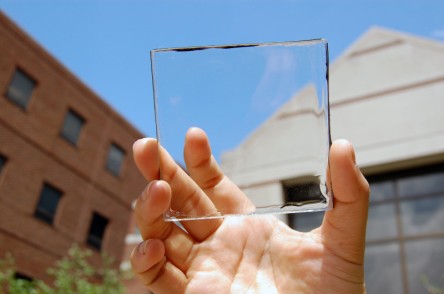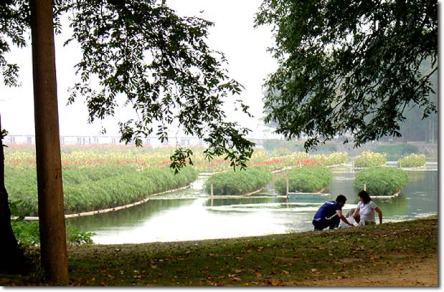A Happy New year to all! Maybe a bit late but we have such a long way to go in the new year that it is indeed appropriate. Tech4agri has so much planned for the year with much of it requiring time, research and funding of course.
Regardless we take our own advice and will STAY DEDICATED! Hopefully you will see more of tech4agri on other mediums and a new team to bring you the information you need on agri related topics.
Our first post of the year brings Tech4agri back to its roots, highlighting the technology that will pave the way for the future of agriculture! These are some of the impressive tech featured in 2014!
Robot Farming, a reality, a norm
Featured on Bigpictureagriculture.com, researchers at the University of Sydney are making strides in robot farming! The video below highlights a solar powered machine which carefully scans plots of vegetable crops and produces a highly useful data image of the soil and crops.
It process the data collected classifying vegetation into categories of seedlings weeds and crops. Using different applications within its software, the device uses visual mapping to identify nitrogen levels and even yield. Research is ongoing as to the multitude of ways the data collected can be used.
Solar power with a view
A team of researchers at Michigan State University, led by Richard Lunt of the school’s College of Engineering has “developed a new type of solar concentrator that when placed over a window creates solar energy while allowing people to actually see through the window.”
“It is called a transparent luminescent solar concentrator and can be used on buildings, cell phones and any other device that has a clear surface. The solar harvesting system uses small organic molecules developed by Lunt and his team to absorb specific nonvisible wavelengths of sunlight. — Sciencedaily.com“
The applications of such technology can be directly linked to greenhouses and shade house technologies. Complete greenhouses used in the Caribbean commonly have heat tolerance issues but this is easily resolved by allowing the perimeter of structure to be free of glass, or plastic while using the more appropriate shade clothe or mesh material. Most structures are even free of glass with the roofing structure made using different types of plastic.
No matter what material is used however the transparent luminescent solar concentrator can be placed over the it thereby deriving energy that can be utilized on other parts of the farm. The key lesson is to use an appropriate mix of technologies to harness as much benefit and efficiency as possible.
Natural Aquaponics
Combating a problem of uncontrollable algae researchers have transformed China’s lake Taihu into the world’s largest aquaponics project. Project coordinators made use of the Aqua Biofilter, that is designed to remove nutrients that fuel algal blooms.
“An ambitious aspect of the project was to launch the world’s largest aquaponics system, over 4 acres in size, using new technologies in combination with old world bamboo that is used in traditional Chinese building. Experiments growing rice on fish ponds provided a foundation for scaling up to lakes and larger water bodies for earth and water repair.” — Tom Duncan for the Permaculture Research Institute.
This innovation is reminiscent or rather involves techniques used in Floating Gardens. Impressive it is, the technology which has limited operational expenses, “the Aqua Biofilter provides a root biofilm surface area of 1 acre, delivering incredible rates of nutrient and pollutant removal, at zero cost once installed.”
Thus it creates a floating wetland that uses the nutrients and other material to foster the growth of crops while simultaneously providing a habitat for fish and other fauna. These species will then provide the needed nutrients later on. Read more astounding results, before and after the project was implemented!


Pingback: Our 2015 Photo Story | Tech4agri